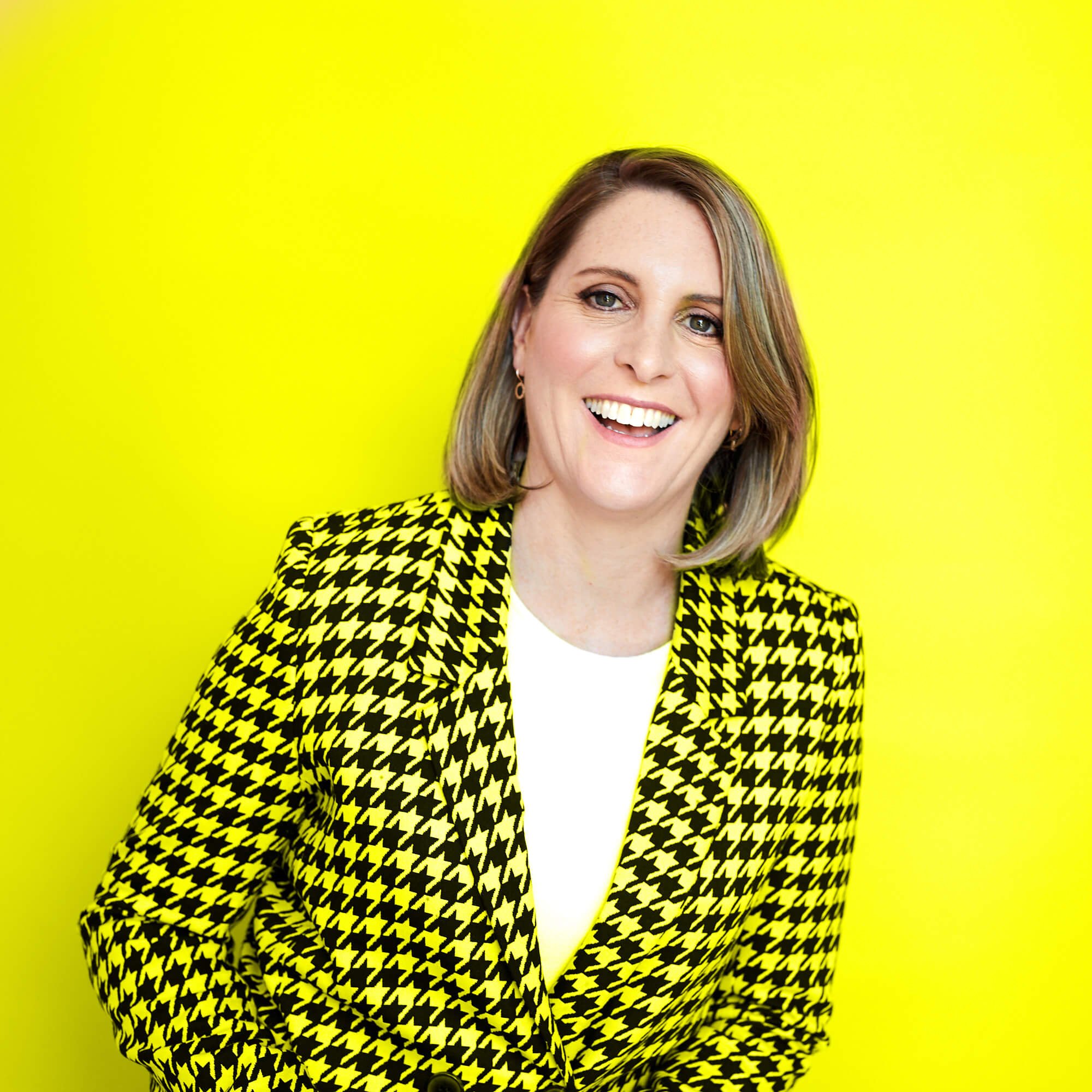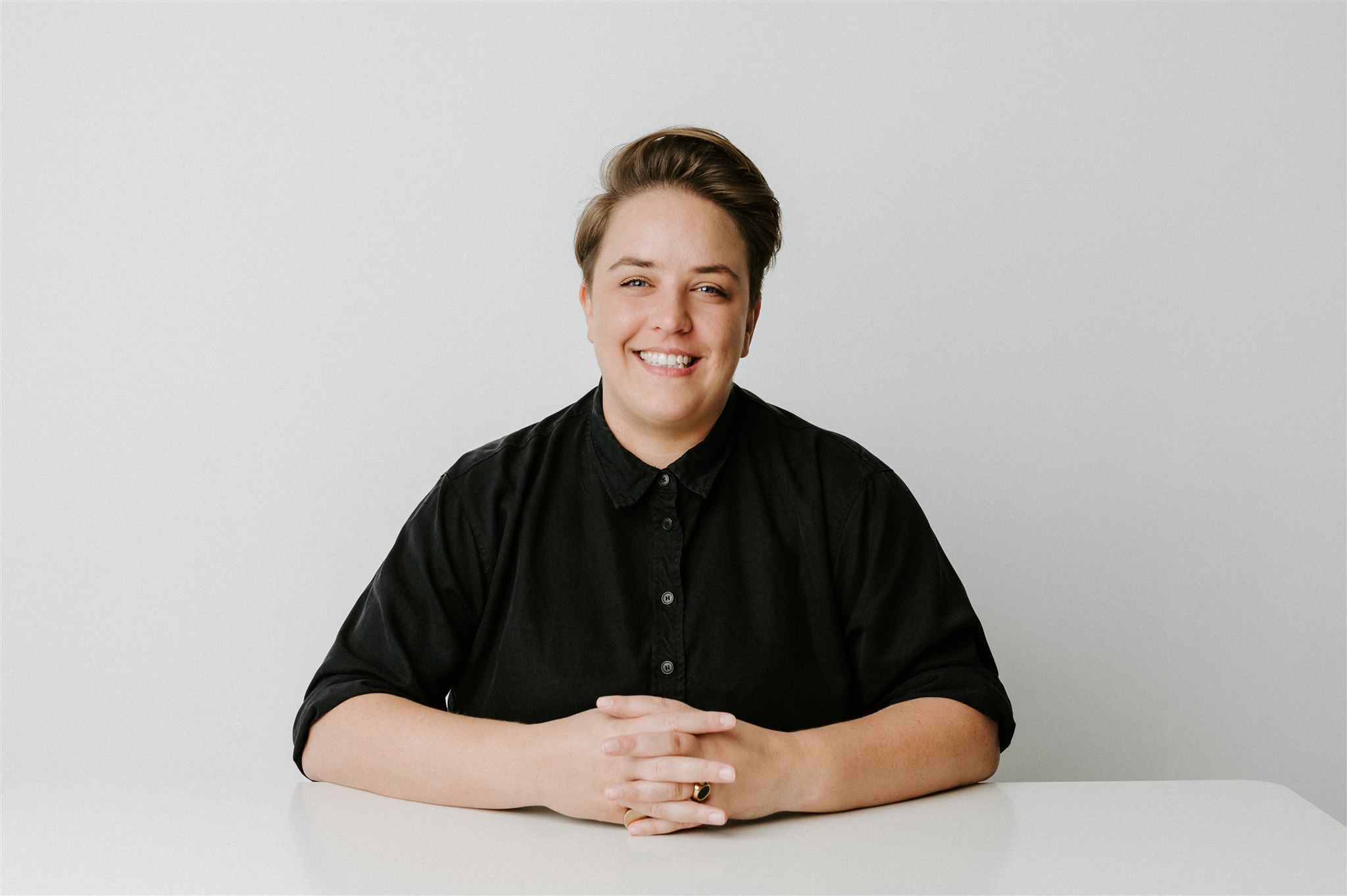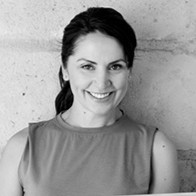A laneway in central Brisbane buzzes with the sound of coffee machines working overtime and the low hum of workers' conversations.
The pâtissiers at Whisk expertly shape 300 plus pastries a day behind the glass front window, which serves as ideal entertainment, while employees wait for their coffee orders.
“The considered activation of the ground plane with “third spaces” is where workers want to meet and have those post covid water cooler work conversations and casual meetings”, says David Mann, of DMANN Corporation who, along with Ashe Morgan, are the developers of the newly completed Midtown Centre development in the Brisbane CBD.
–
So, is there still merit in having a building in the CBD? Is it still attractive to employees?
The short answer is “yes” according to Mann.
In his experience, businesses across the board are making corporate property decisions focused specifically around attracting the best talent, which has seen a flight to quality leased accommodation, not just from large corporates, but small to medium-sized organisations too.
If the current office location isn’t appealing to employees any business will struggle to secure candidates, particularly in a low unemployment environment.
“Location and amenity matters more than ever, employees want to be located with the full range of services that the CBD offers. Their office building needs to offer excellent end of trip facilities for their incidental exercise, health and wellbeing, along with a vibrant hub, where they can meet in third spaces outside of their office environs to socialise with their colleagues. More often than not that vibrancy won’t be found in a suburban business park or in the work from home model.”
Even Atlassian who announced they were going fully remote during Covid, have now emerged with a new hub style office offering as part of the Tech Central precinct, adjacent to Sydney's Central Station. Start up Daily reports that Atlassian co-founder and co-CEO Scott Farquhar sees the building as more than a new office space. “It represents our vision to create the biggest tech precinct of its kind in Australia. When complete, Tech Central will become home to thousands of new jobs and help create hundreds of Aussie-grown tech companies,” Which points to the opportunity for businesses to express their brand through workplace experiences.
Employees post-Covid want to be part of something greater than the job they are performing on a daily basis.
The Rise And Rise Of The Omnichannel Worker
From corporate cupcakes to rooftop BBQs, there’s been a veritable smorgasbord of draw cards or even mandates to get employees back into corporate offices across Australia. These methods have attempted to lure employees back to the office, but are they missing the point? It also begs the question, why are we still so stuck in the ‘carrot and stick model‘ mindset?
Long before Covid, it was proven by researchers that this kind of strategy is short term at best, and at worst it’s resented by employees as a clinical business transaction (not to mention potentially damaging to a corporate brand).
Perhaps, most famously Daniel Pink points this out in his 2009 Ted Talk “Limits of Management by Carrot and Stick”. Paul Edwards, Mirvac's General Manager for Strategy and Customer agrees, “Mandates don’t work” to get employees back to the office.
“Mirvac has been using Human Centered Design for many years,” he shares, to create everything from ‘bump encounters’ to encourage collaboration between employees by installing open staircases, along with exploring what they call the “Super Experience”. He explains that the new focus is on the ‘omnichannel worker’, a notion that has been accelerated as a result of the digital disruption of Covid.
Like shoppers, workers' behaviours and experiences in the ‘consideration’ planning stage (usually online), before even going to an office are just as important, if not more so, than their experiences in the bricks and mortar space. In essence, these are all extended experiences of a business brand and if clunky or non-existent, can result in employee’s disengagement and lack of productivity.
Like shoppers, the same customer experience ethos applies to the office, where it's important to invest in the ‘moments that matter’ to employees. Nigel Faz, the Global Chief Executive of Publicis Sapient shares a similar view in a recent AFR article “Businesses need to get to grips with the new world”. Like customer interactions, which are being reimagined for customers in sectors like banking where a customer's goal is no longer to just get a mortgage, they want to ‘buy a home’. This end-to-end experience has far more touchpoints and represents huge opportunities for partnerships to create rich and rewarding customer journeys and outcomes.
So what does this look like in the employee world?
Essentially employees are looking to be empowered to do great things. What goals are your employees looking to achieve each day? How can you help them get there with more meaningful interactions and better tools? What does this mean in the digital world and in the physical space?
Talent In The Driver's Seat
As the talent shortage gets tighter with more companies vying for the same digital global talent pool, along with the increase in millennial employees to three quarters of the workforce by 2030, this will mean that businesses have to work harder to create experiences that amplify their brand to attract the best talent.
Employees want convenience, frictionless experiences that save time and make their trip into the office worthwhile.
Mirvac's Paul Edwards says “In our new developments we’re investing heavily in the coffee and food experiences for employees, as that’s one of the main drivers for coming to the office”. In Mirvac's recent research for Heritage Lanes at 80 Ann Street in Brisbane, the findings point to employees proactively planning their visit to the office, with exercise and wellbeing in mind as well as making sure other colleagues will be around to catch up for lunch in the city.
One thing seems clear, continued paralysis in decision-making in an uncertain world will continue to cost businesses, talent and in some cases brand relevance.
Latest.

Ageism in hiring: Why your biggest mistake is overlooking workers 50+
Thought Leadership, Diversity, Equity and Inclusion

Is there a good time to look for a job?
Job Seeker

In a tough job market, building your personal brand on LinkedIn isn’t optional.
Job Seeker




